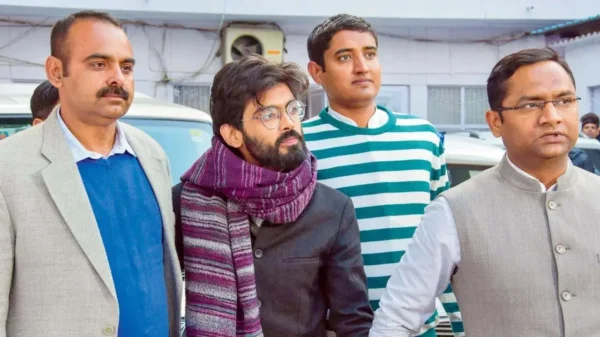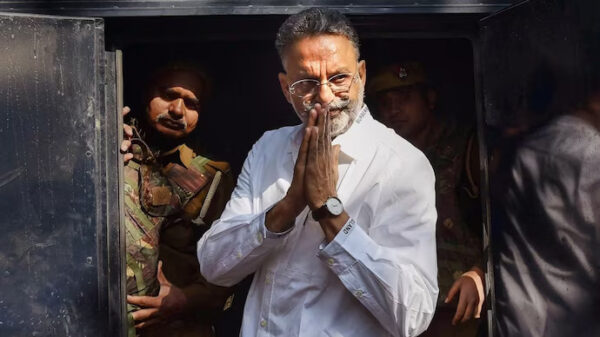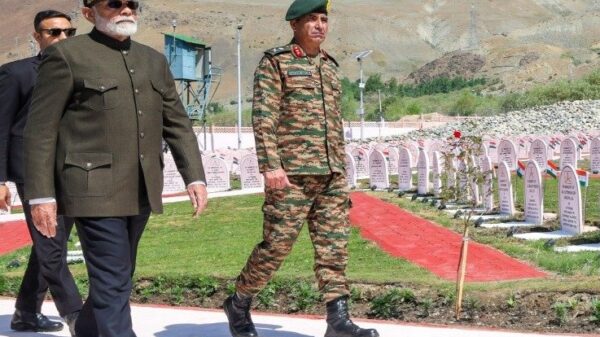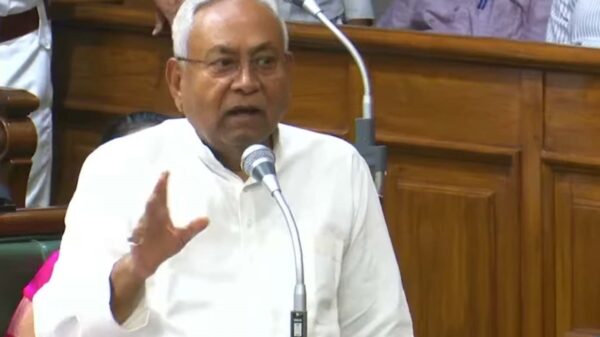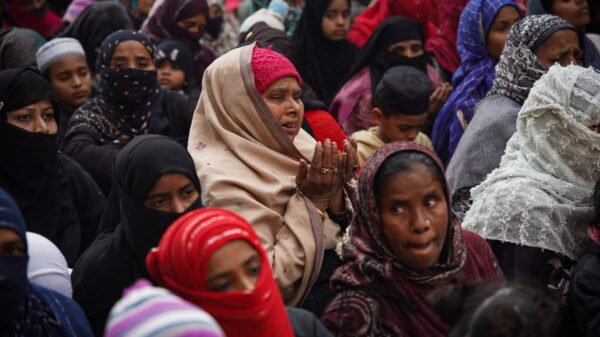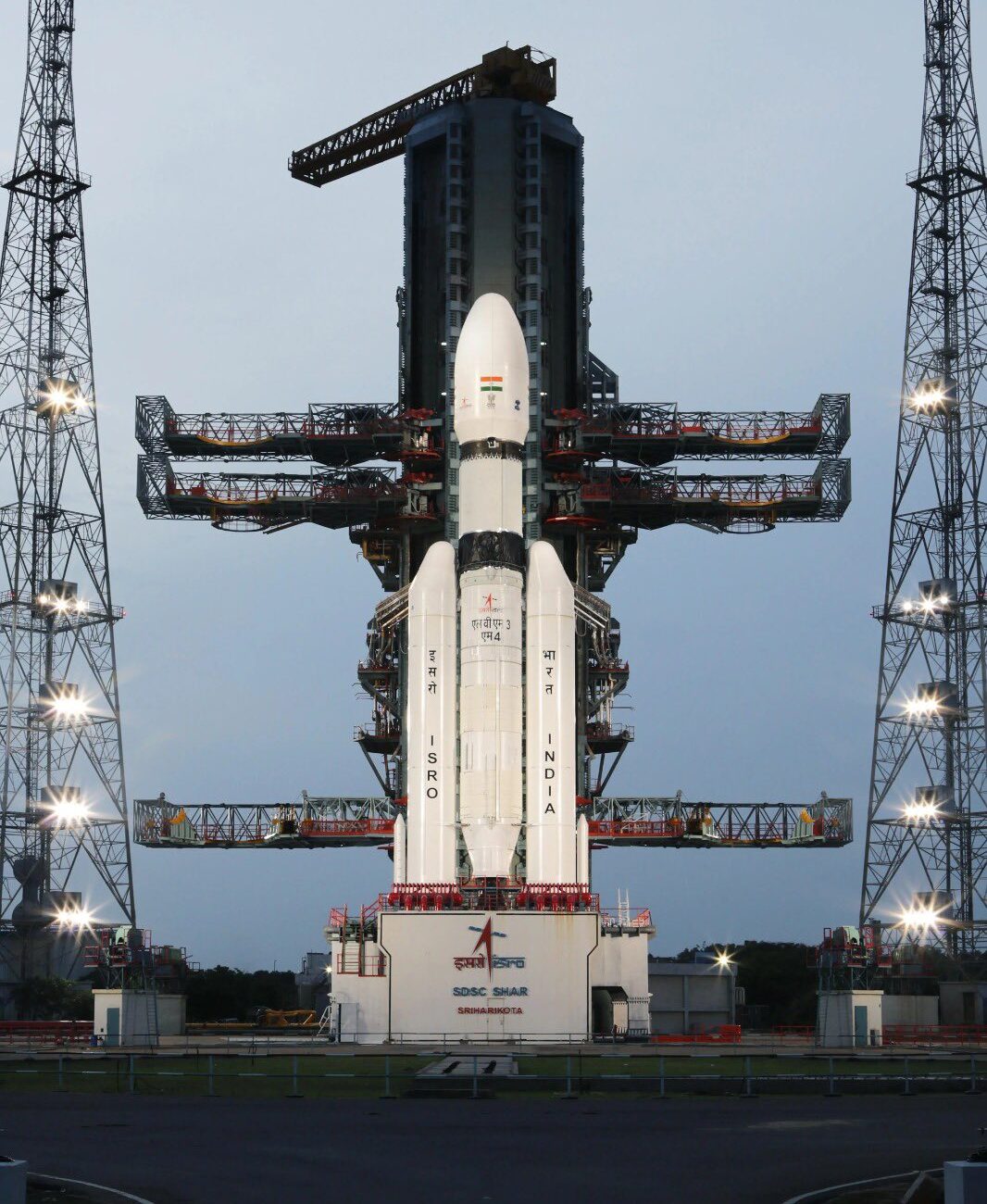In a momentous event for India’s space program, the Chandrayaan-3 mission successfully took off from Sriharikota in Andhra Pradesh today. If all goes according to plan, India will soon join the elite club of nations to achieve a controlled landing on the moon. The mission marks a significant milestone for the Indian Space Research Organisation (ISRO) and the country’s ambitious space exploration goals.
The lunar lander, named Vikram, is securely positioned on the powerful Mark 3 heavy-lift launch vehicle, affectionately known as the Bahubali rocket. The spacecraft’s journey from Earth to the moon is estimated to last approximately one month, with the eagerly anticipated landing scheduled for August 23. Once Chandrayaan-3 reaches the moon’s surface, it will have a limited operating time of one lunar day, equivalent to approximately 14 Earth days.
This mission comprises three crucial components: the lander, the rover, and a propulsion model. Notably, the Orbiter, which played a vital role in India’s previous lunar mission, Chandrayaan-2, will be employed once again as it continues to orbit the moon, providing support and crucial data for the new mission.
A feature of the Chandrayaan-3 mission is its target landing site at the moon’s South Pole, a region that gained global attention when India’s initial lunar mission, Chandrayaan-1, discovered water molecules there in 2008. Vikram’s primary objective is to achieve a safe and gentle landing on the lunar surface. Upon touchdown, the lander will release the rover named Pragyan, designed to traverse the moon’s terrain and conduct scientific experiments throughout the lunar day.
The Chandrayaan-3 mission follows a previous attempt four years ago, which unfortunately encountered a loss of communication with the ground crew just moments before the intended landing. The setback during the landing attempt of Chandrayaan-2 in 2019 prompted the ISRO to thoroughly analyze and learn from past failures, leading to a series of modifications and improvements for the upcoming mission. These changes are aimed at enhancing the mission’s reliability and significantly increasing the chances of a successful landing on the moon’s surface.
As India’s space program continues to evolve, the Chandrayaan-3 mission represents a crucial step forward in the nation’s pursuit of scientific exploration and technological advancement.

